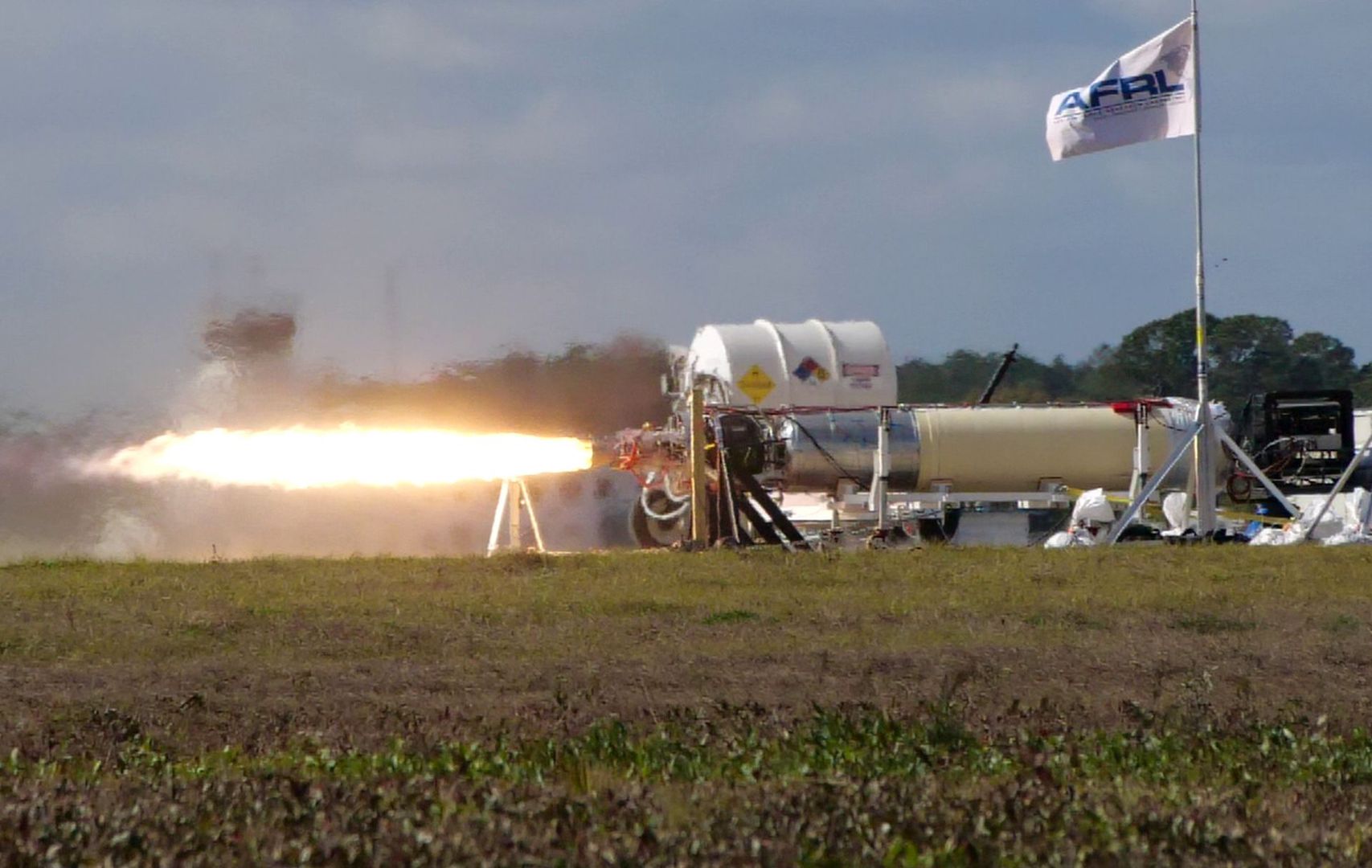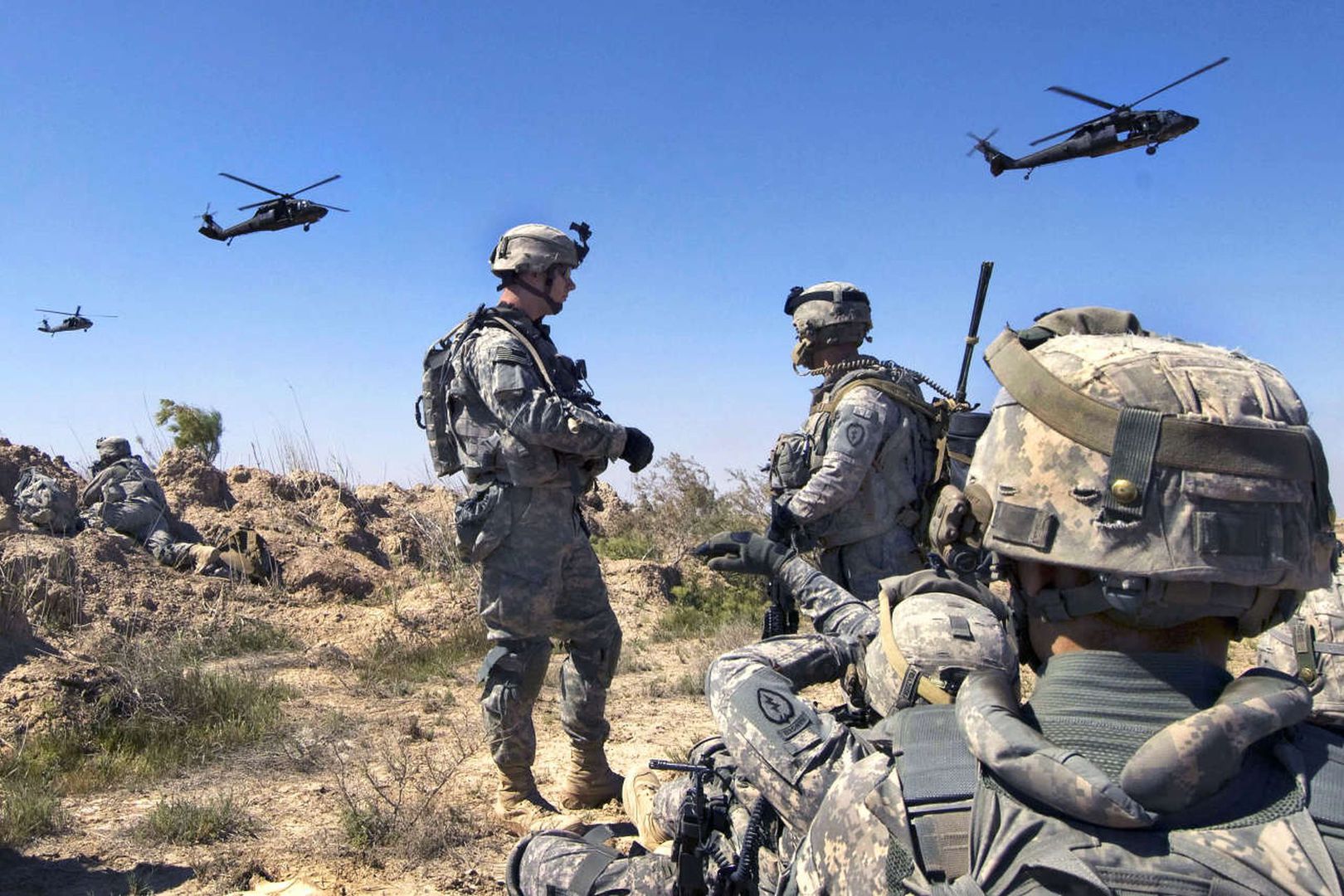The nation’s top military leaders today discussed challenges to getting hypersonic weapons from blueprint to production during a question-and-answer session at a Washington think tank.
Secretary of the Army Ryan D. McCarthy said hypersonic weapons — which can travel at five times the speed of sound — are a growing national security threat. To mitigate that threat, the Defense Department will need a low-earth orbit satellite architecture, much wider arrays and the ability to queue targets very quickly, along with a joint command and control system, said McCarthy.
McCarthy, Acting Secretary of the Navy Thomas B. Modly, and Secretary of the Air Force Barbara M. Barrett spoke at the Center for Strategic and International Studies.
Hypersonic Weapons
McCarthy said hypersonic weapons are of joint interest to each of the military services. He said the secretaries meet regularly to discuss how they can be employed and how they can be financed, and they share information, including test data.
“How they’re used and employed by the services will be very different because the means are different,” McCarthy said, adding that there should be enough similarities that there will be some cost savings.
Barrett said hypersonics are a joint effort. “If we did it separately, there would be duplications and inefficiencies that we couldn’t afford,” she said.
Modly said moving hypersonics from design and testing to production is a big leap. “We’re going to have to send some strong signals to industry that that’s the direction we’re headed. …We’re trying to send those signals,” Modly said.
Supply Chain Vulnerabilities
Modly said supply chain vulnerabilities are a big concern. “It’s not so much the top tier suppliers, but it’s the second and third tier suppliers that have a lot of vulnerabilities that we’ve discovered,” he said.
Adequate information technology security is a big investment for small companies to make, Modly said.
“We need to work with them and the primes [contractors] to come up with a better way to protect information,” he said. “Our adversaries are coming at us through that channel. And, they’re able to fish their way right up through that channel. It erodes our competitive advantage.”
The Navy did a study on this about a year ago and implemented a lot of changes to address this, Modley added.
McCarthy also discussed another concern about the supply chain: the origin of components used in weapons systems and how they could compromise those systems. He said an example is semiconductors.
“We really don’t make those in America anymore, and they’re in everything,” he said.
The DOD needs to find a way to help protect that and other U.S. markets, he said. DOD needs to know where those components are made and who’s making them.
He added that the problem goes back decades.
Barrett said the Air Force is facing the same supply chain vulnerabilities as the Army and Navy.











